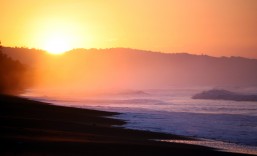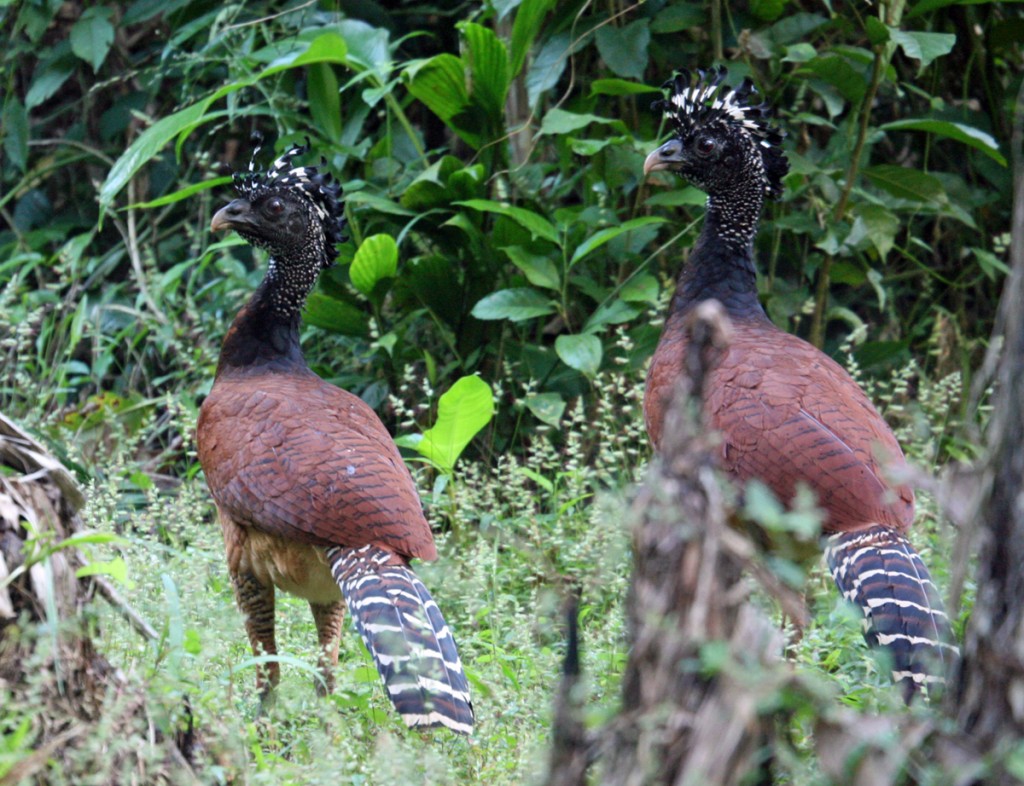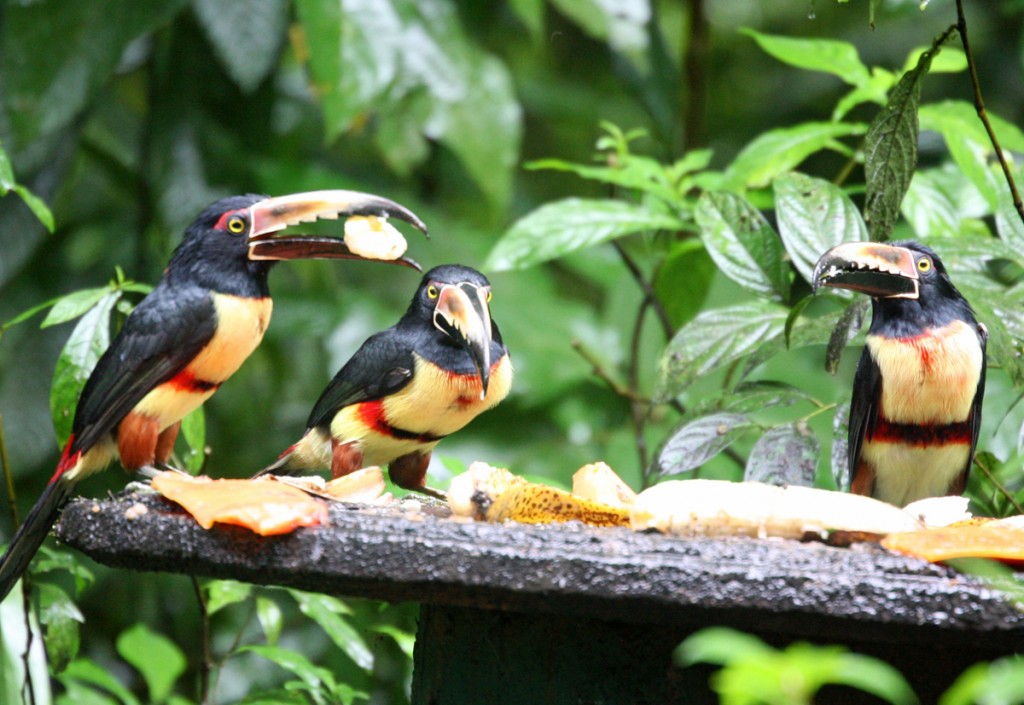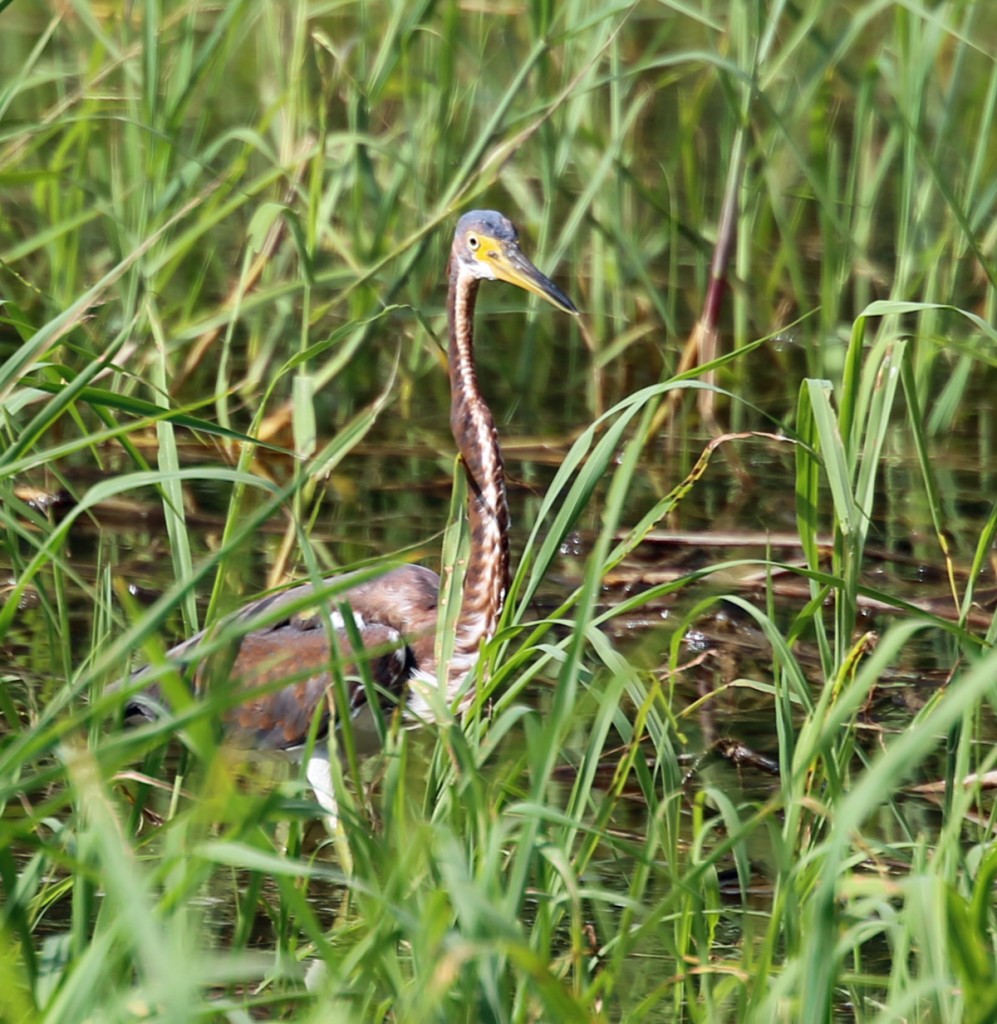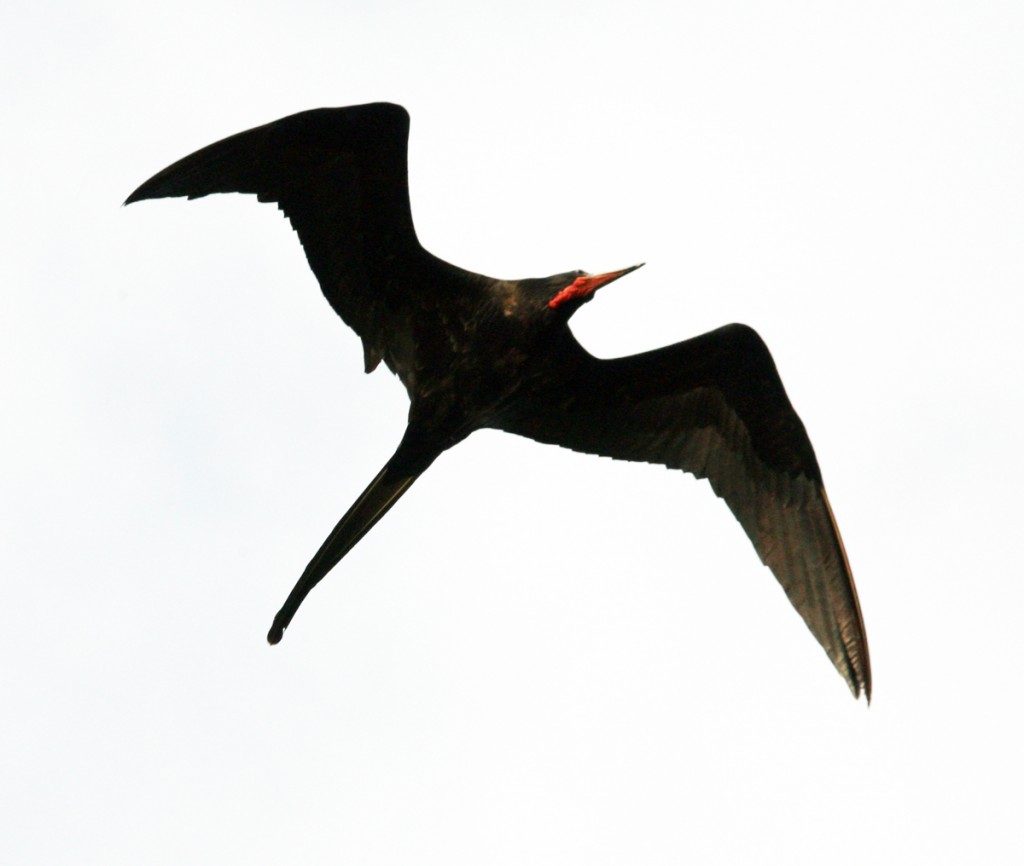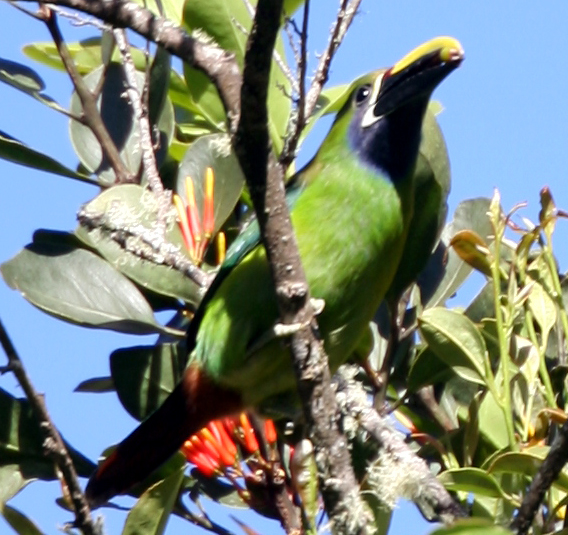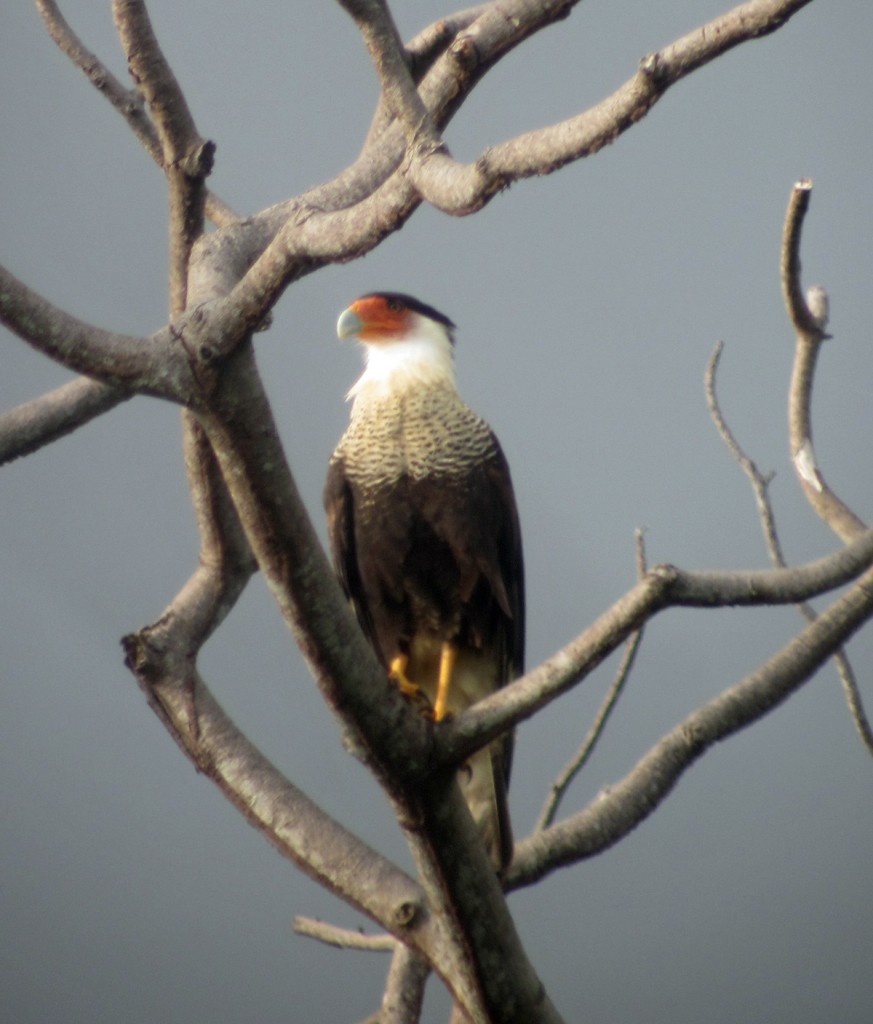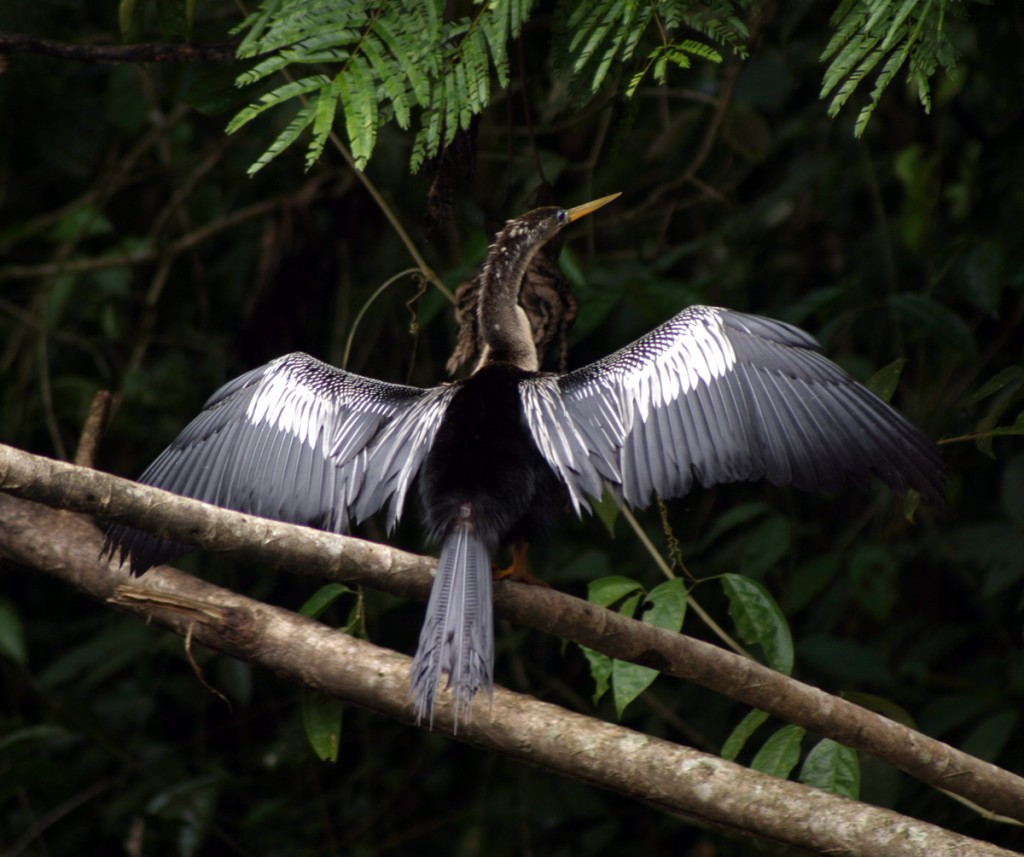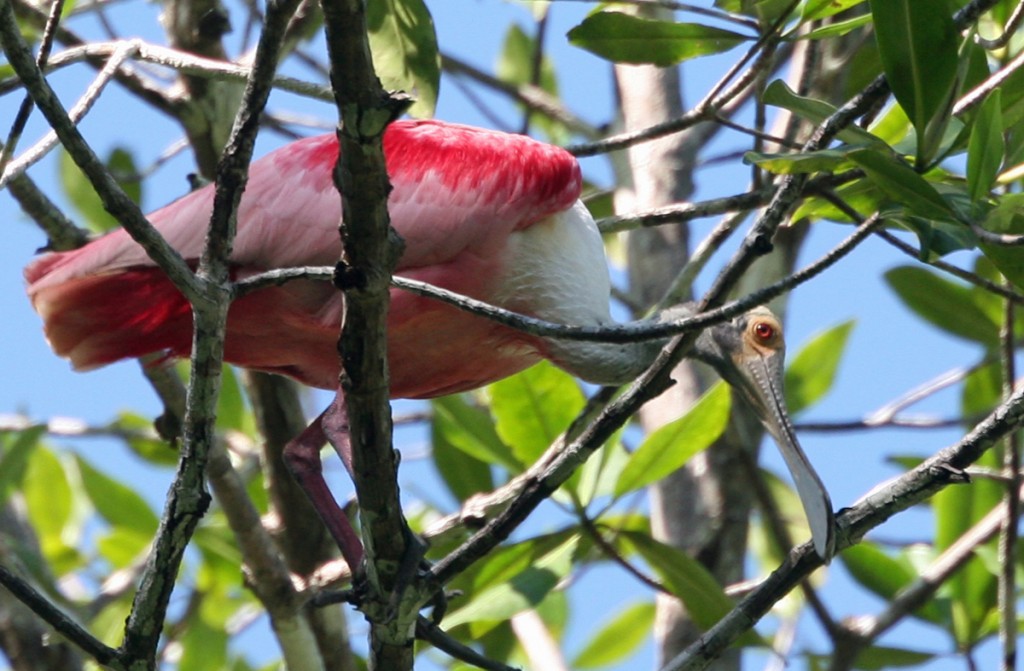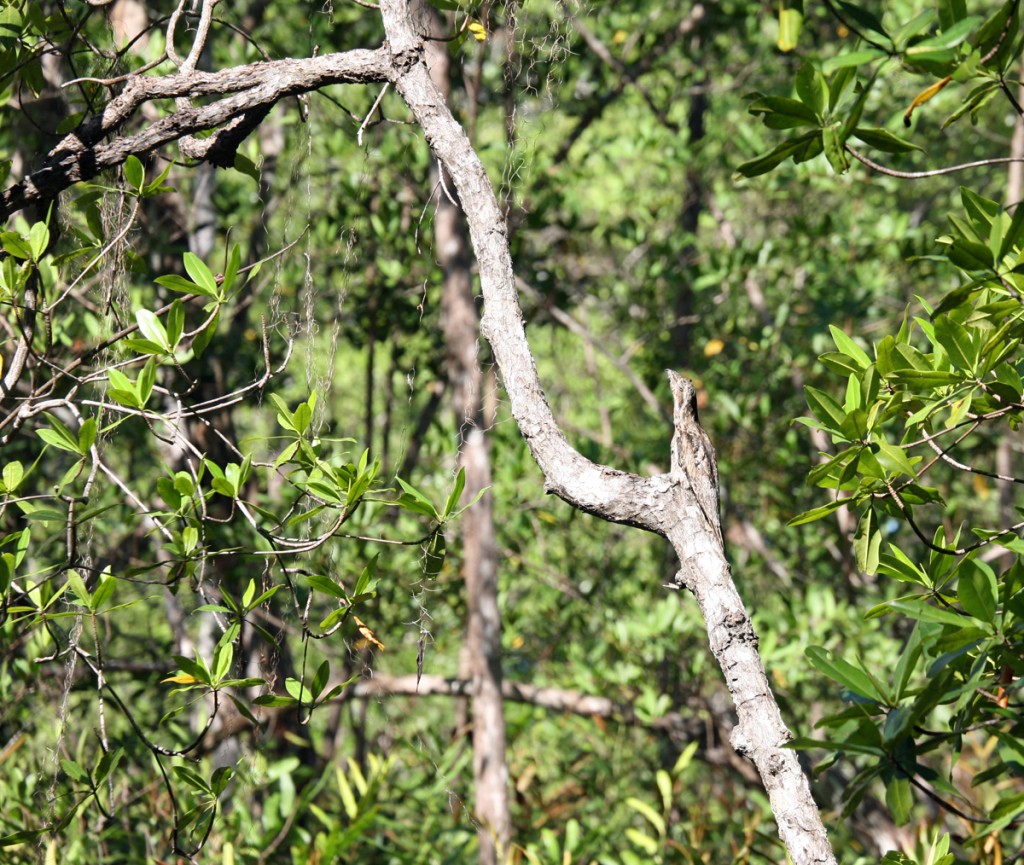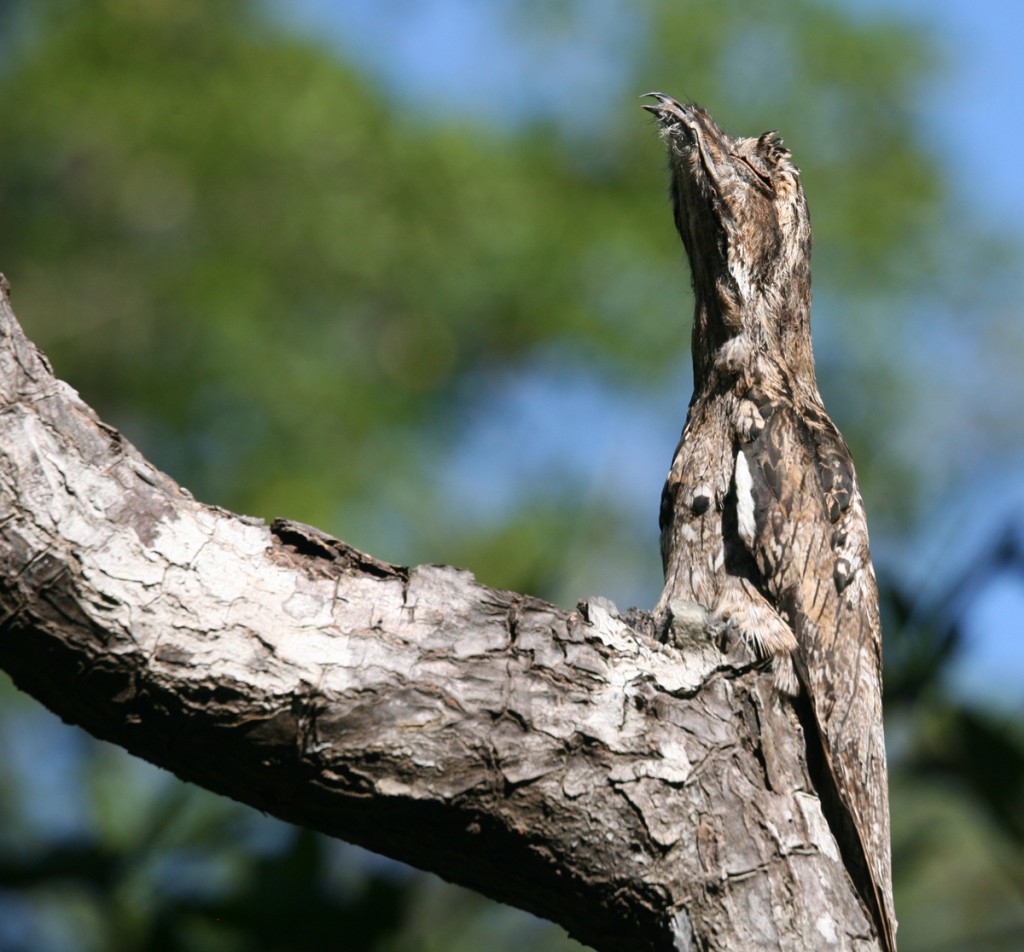Although Great Curassows (Crax rubra) once lived in both the Caribbean and Pacific lowlands of Costa Rica, populations are now predominately in a few of the country’s most protected wildlife areas. These females of the species were photographed near Bosque del Cabo on the Osa Peninsula. I have also seen these large birds at Serena, in the heart of the Corcovado National Park. Male Great Curassows are almost entirely black.
All media is copyright costaricawildlife.net, 2013.
